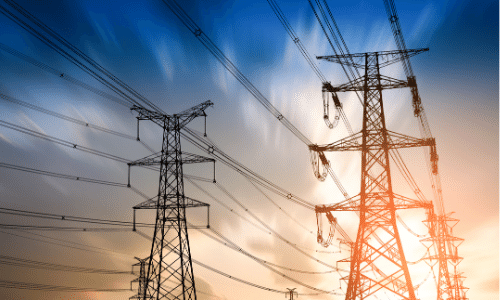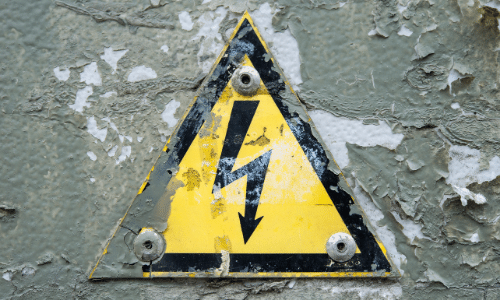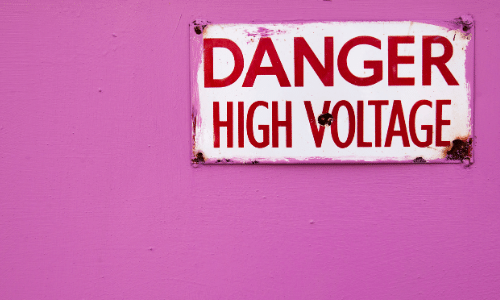I am sure that everyone is familiar with electrical engineering, but ever heard of high voltage engineering before?
What Is Electrical Engineering?
Electrical engineering is a science field of engineering related to the study and application of equipment, systems, and other devices which use electronics, electromagnetism, and electricity. You can divide Electrical engineering into many subfields, which include electronics, photonics, and optics. Other divisions are systems engineering, computer engineering, power engineering, telecommunications, instrumentation, power processing, etc.
Students with electrical engineering certificates work in a wide range of companies. Electrical engineers have contributed immensely to the improvement of advanced technologies. From electric power generation to the global positioning system, electrical engineers supervise, develop, and ensure the deployment of electronic devices and electrical systems.
What Is High Voltage Engineering?

High voltage engineering is a subfield of electrical engineering that involves studying and utilizing the electrical appearance in various devices or systems at high voltages. A tension that is up to 250 (V) volts may be considered a high voltage. High voltage engineering has to do with the science of planning, testing, and operating high voltage electrical devices and formulating the insulation coordination to actualize the reliable and stable performance of the power network.
High voltage engineering is concerned with the provision of electrical energy to users who are far away from the location of power generation units. This science field of electrical engineering optimizes and develops the functional features of external and internal insulators.
What Is High Voltage Electricity?
High voltage electricity is an electric tension or potential that is large enough to cause electrical hazards, injuries, or damages. In certain circumstances, crank high voltage is considered voltage above a given threshold. Many industries operating with conductors and equipment that require high voltage usually do so with several special safety procedures and protocols strictly followed.
The numerical definition of crank high voltage is based on different contests. The two factors considered when classifying a voltage as high are its associated hazard of electric shock by proximity or contact and the likeness of producing a spark in the air. The (IET) International Electrotechnical Commission defined high voltage as a current above the minimum of 1500 V for direct current and 1000 V for alternating current.
The United States National Electrical Manufacturers Association (NEMA) regards high voltage as a voltage above 100-230 kV. While the BS 76712:2008 British Standard considered a voltage as high when the difference between conductors is higher than 1500 V or 1000 VAC. Or any voltage difference between the Earth and a conductor that is above 900 V ripple-free DC or 600 VAC.
Certified high voltage electricians may only have the license to operate specific high voltages depending on the jurisdiction. A supposed electric license for specialized sub-trades such as closed-circuit tv systems or fire alarm systems may only have the authority to operate energized systems up to 30 V between conductors.
Uses Of High Voltage
- Scientific purposes.
- It is highly required in specific industries and companies.
Reliable And Stable Electricity Distribution
Since the inception of the electricity industry, the most feasible and reliable way to overcome voltage drop and power loss in transmission lines is by increasing the voltage level of transmission networks. High voltage is highly required in power transmission to curb ohmic losses when distributing electric energy to long distances.

High Voltage Signage And Safety Signs
It would be best if you had high voltage signage is crucial in areas with high voltage equipment and conductors. These areas must be strictly guarded and supervised with safety signs to prevent electrocution and other electric hazards from occurring. Facilities using high voltage are hazardous since the dangers of high voltage conductors are not usually immediately visible. Hence, the placement of a high voltage sign is beneficial.
Safety Signs Commonly Used

- A yellow triangle with black borders indicates the presence of potential hazards in close vicinities.
- Red and white color safety design is predominantly used to express that a specific activity is strictly prohibited in an area.
- Danger, caution, and warning signs convey risks and indicate to employees to stay clear or exercise care and caution.
Using the proper high voltage sign is the most crucial part of any commercial or industrial setting. There are different industrial safety signage that is used to convey messages. However, the appropriate and standard high voltage indicators or placards must be put in place for the safety of workers and other employees at stake.




